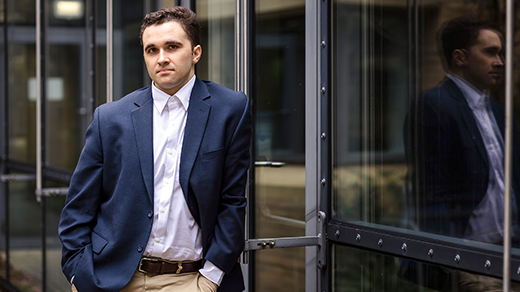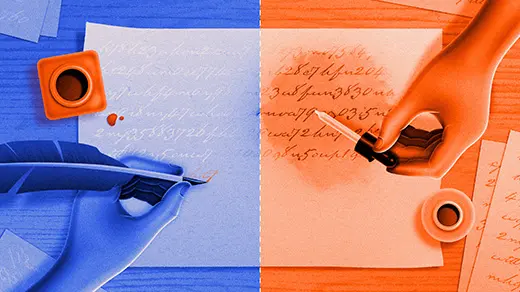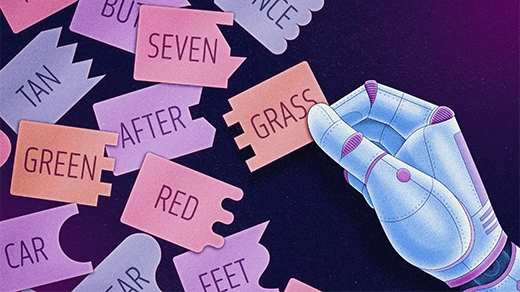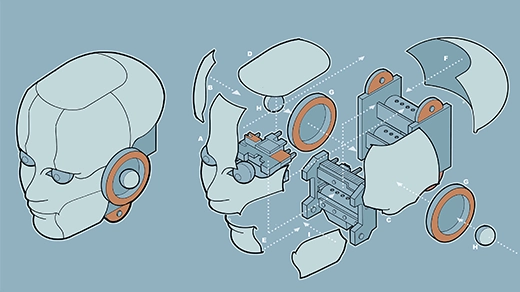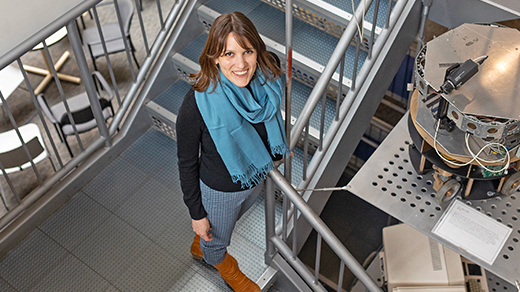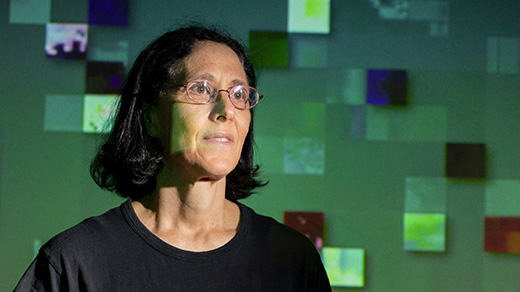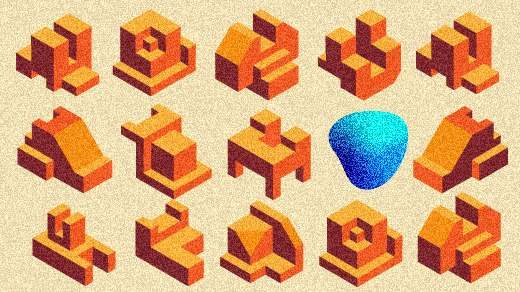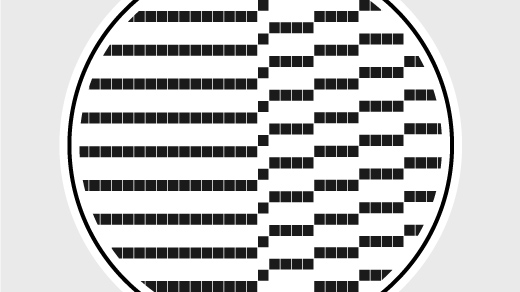Latest Articles
The Physicist Working to Build Science-Literate AI
By training machine learning models with enough examples of basic science, Miles Cranmer hopes to push the pace of scientific discovery forward.
How Public Key Cryptography Really Works, Using Only Simple Math
The security system that underlies the internet makes use of a curious fact: You can broadcast part of your encryption to make your information much more secure.
The Computer Scientist Who Builds Big Pictures From Small Details
To better understand machine learning algorithms, Lenka Zdeborová treats them like physical materials.
How ‘Embeddings’ Encode What Words Mean — Sort Of
Machines work with words by embedding their relationships with other words in a string of numbers.
What Is Machine Learning?
Neural networks and other forms of machine learning ultimately learn by trial and error, one improvement at a time.
Does AI Know What an Apple Is? She Aims to Find Out.
The computer scientist Ellie Pavlick is translating philosophical concepts such as “meaning” into concrete, testable ideas.
The Computer Scientist Training AI to Think With Analogies
Melanie Mitchell has worked on digital minds for decades. She says they’ll never truly be like ours until they can make analogies.
Same or Different? The Question Flummoxes Neural Networks.
For all their triumphs, AI systems can’t seem to generalize the concepts of “same” and “different.” Without that, researchers worry, the quest to create truly intelligent machines may be hopeless.
How the Slowest Computer Programs Illuminate Math’s Fundamental Limits
The goal of the “busy beaver” game is to find the longest-running computer program. Its pursuit has surprising connections to some of the most profound questions and concepts in mathematics.

